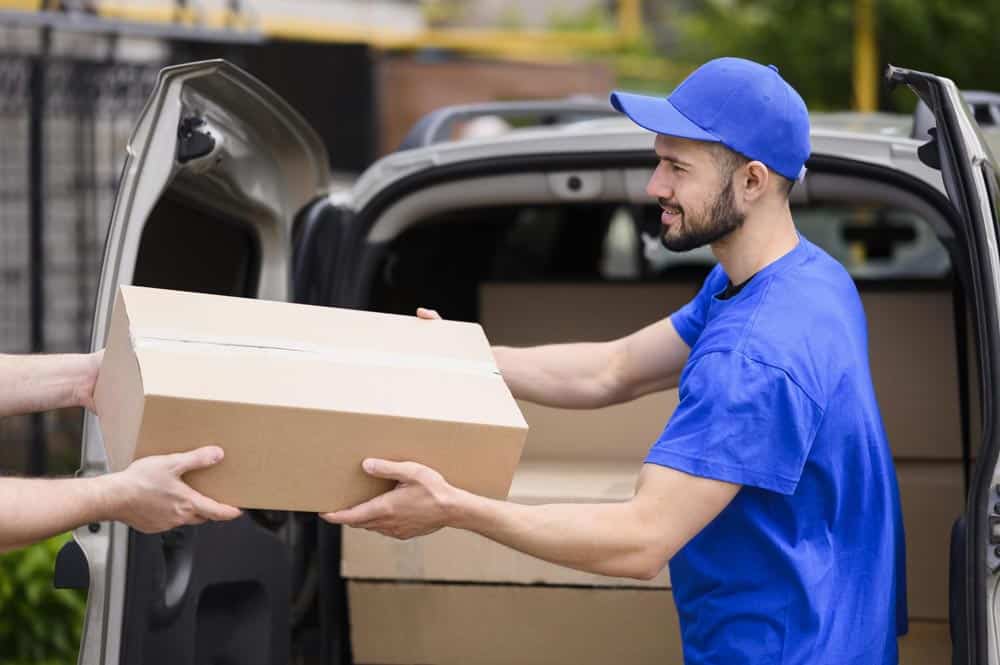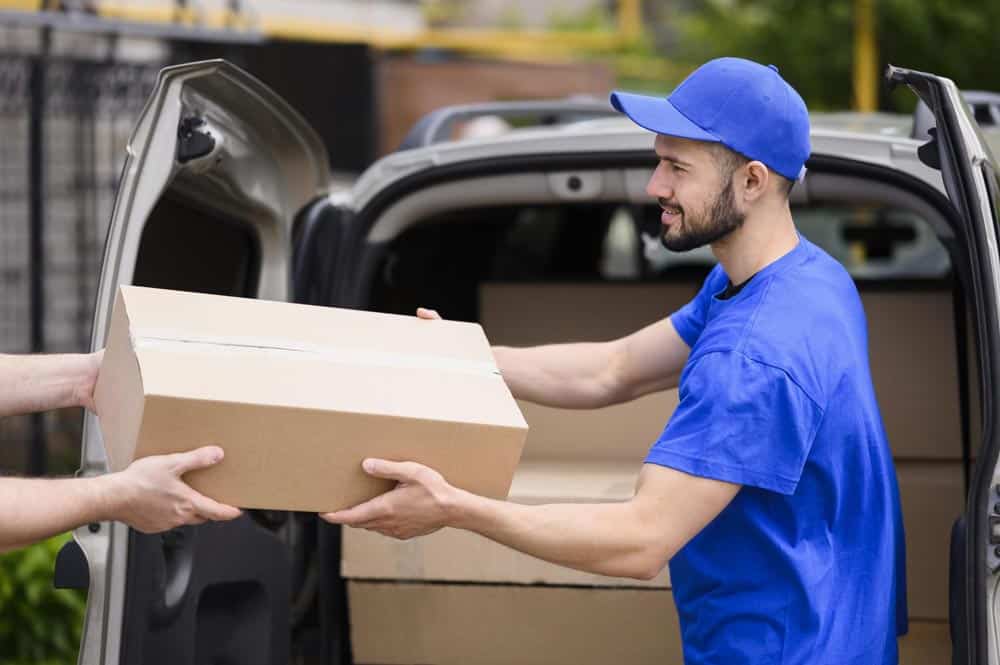The e-commerce boom has transformed how we shop, but it’s also exposed a critical bottleneck: the last mile. This final leg of a product’s journey, from a warehouse to your doorstep, can be a logistical nightmare for businesses and a source of frustration for customers. Here’s where cutting-edge technology steps in, offering a toolbox of solutions to tackle those pesky last mile delivery challenges.
Optimizing Deliveries In Dashsaudi
Use route planning to cut delivery times for drivers navigating a city with a thousand errands – that’s the essence of last mile chaos. Traditional methods often rely on intuition or basic route planning, leading to inefficient paths, wasted time, and ultimately, unhappy customers waiting for their packages.
The Power of Predictive Analytics
Enter the world of AI-powered route optimization software. These intelligent systems analyze historical traffic patterns, real-time conditions, and driver availability to create the most efficient routes possible. They consider factors like one-way streets, parking restrictions, and even weather forecasts to ensure deliveries are completed in the shortest possible time. This translates to fewer stops and backtracking, saving businesses fuel costs and driver hours.
Combating Frustrating Delivery Delays
Nobody enjoys the uncertainty of delivery windows that stretch for hours. Traditional methods often lack real-time visibility, leaving customers wondering where their package is and when it will arrive. This lack of transparency breeds frustration and damages the customer experience.

Transparency Through Real-Time Tracking
Modern delivery management systems provide real-time tracking capabilities. Customers receive constant updates on the location of their package, allowing them to plan their day accordingly. Imagine receiving a notification that your groceries will arrive within the next 30 minutes, enabling you to unload the car or prepare a meal. Additionally, these systems can offer features like live driver maps and estimated delivery timeframes, putting the power of information directly in the customer’s hands.
Addressing Failed Deliveries
The “nobody-home” dance is a familiar one in the world of last mile delivery. Failed first attempts are costly for businesses and inconvenient for customers. They require redelivery attempts, further congesting routes and increasing costs.
Flexibility with Delivery Options
Technology offers a buffet of delivery options to cater to diverse customer needs. Imagine a world where:
- Locker Networks: Customers can choose to have their packages delivered to secure lockers located in convenient locations like grocery stores or gas stations, allowing them to pick up their purchases at their leisure.
- Predictive Delivery Windows: Customers can select a preferred delivery window that aligns with their schedule, reducing the chances of missed deliveries.
- Contactless Delivery: For added convenience, customers can opt for contactless delivery where packages are left in a designated safe space or with a building concierge.
These options empower customers and improve the success rate of first-attempt deliveries, saving businesses time and resources.
Bridging the Communication Disconnect
Communication breakdowns are a recipe for customer dissatisfaction. Unclear communication about delivery schedules, delays, or failed attempts can leave customers feeling frustrated and uninformed.
The Power of Two-Way Communication
Real-time communication platforms bridge the gap between businesses and customers. These platforms allow for:
- Automated Notifications: Customers receive automatic updates about their package status, from shipment to delivery confirmation, eliminating the need for manual inquiries.
- Two-Way Messaging: Customers can easily communicate with delivery personnel or customer service through the platform, allowing for prompt resolution of issues or clarification of delivery details.
By fostering open communication, businesses can manage customer expectations and build trust, leading to a more positive delivery experience.
Reducing the Environmental Impact
Last mile delivery contributes significantly to urban traffic congestion and carbon emissions. As the demand for e-commerce continues to soar, addressing sustainability becomes paramount.
Exploring Green Delivery Options
Innovative technologies are paving the way for a more sustainable approach:
- Electric Delivery Vehicles: The shift towards electric delivery vehicles significantly reduces emissions and noise pollution in urban areas.
